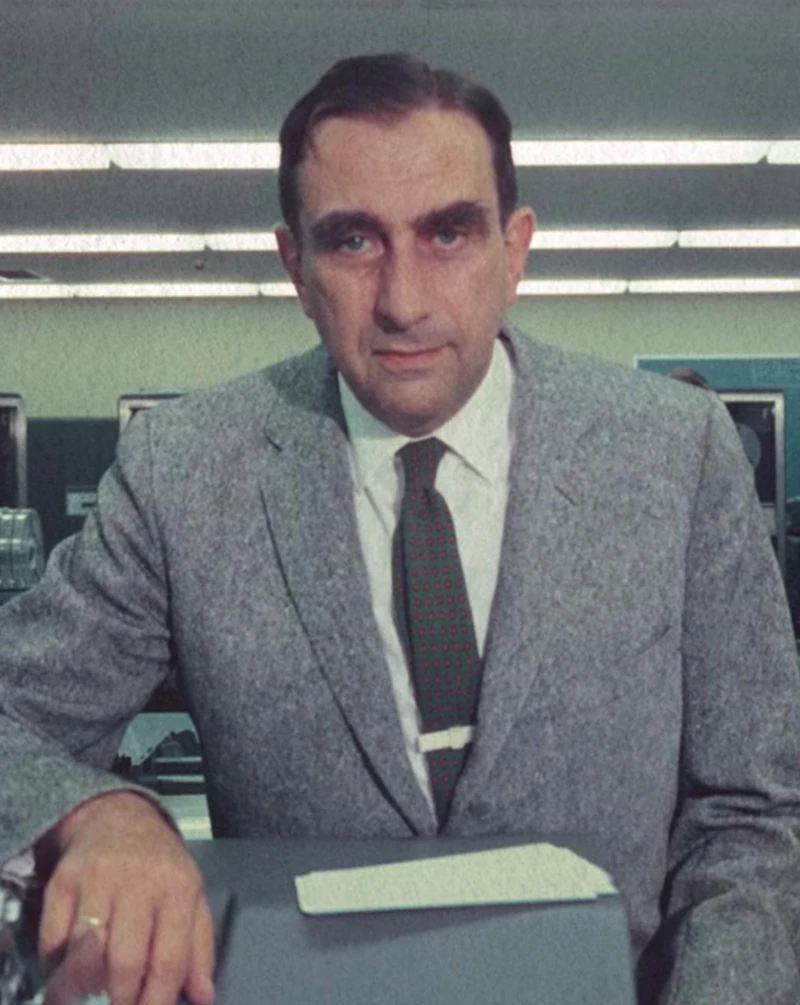You probably know that the summer’s two biggest movies, Barbie and Oppenheimer, shattered box-office records over the weekend. But you might not be aware that both of these blockbusters have subtle on-screen depictions of limb loss.
In Oppenheimer, an amputee character is on screen for a significant chunk of the movie. That’s Edward Teller (played by Benny Safdie), a key physicist at Los Alamos during the Manhattan Project who later testified against Robert Oppenheimer during a national security investigation. As far as we know, there are no references to Teller’s limb difference in the film (we haven’t seen it yet), which is fitting—the real-life Teller almost never referenced it. But for most of his life he walked on a prosthetic right foot, after an accident claimed his natural foot at age 20.

One of the most fascinating figures in 20th century science, Teller is more than worthy of his own biopic. He co-wrote the famous 1939 letter (signed by Albert Einstein) that convinced President Franklin Roosevelt to greenlight the Manhattan Project. He was one of the few atomic-bomb architects to actually witness the test detonation at Alamagordo (most of those present had their backs turned as a precautionary measure). He’s best remembered as the main designer of the hydrogen bomb, which was perfected seven years after the weapons the US dropped on Japan. And Teller spent the bulk of the Cold War as the nation’s unofficial nuclear cheerleader-in-chief, unapologetically advocating for ever more powerful, more numerous atomic weapons. During his long life (he died in 2003 at the age of 94), Teller advised every US president from FDR to Bill Clinton on matters of science and national security.
While he never made any attempt to hide his amputation, Teller never made a big deal out of it—not from the very beginning. “Perhaps it is strange,” he wrote in his 2001 autobiography, “but losing my foot never seemed so terrible to me. I wished very much the accident had not happened, but the important things in my life were untouched by it. I could not even approach being grief-stricken.”
As Teller tells it, the accident left the ankle mostly intact. Surgeons were able to fuse some residual bones in his heel to the lower part of his leg, enabling him to bear weight on the limb more or less naturally. He experienced rather acute phantom pain immediately in the early stages of recovery, which he managed to overcome largely through force of will. He rejected painkillers because they fogged his brilliant mind. Instead, he says, “I would swallow water as if I were taking a pill, and then I would stop thinking about the pain. The results were fully satisfactory.”
However, Teller added in a footnote, “the pain I would feel if I dreamed about my foot would be acute enough to wake me up. I believe that part of the experience of pain is connected with alarm, with a sense that something is wrong and needs fixing. Once I realized in a truly deep way that the fixing not only wasn’t necessary but couldn’t be accomplished, the nature of the pain changed.”
Barbie‘s inclusion of limb difference is less voluminous than Oppenheimer’s, but in some ways it’s more prominent and more meaningful. One denizen of the movie’s fictional setting, Barbieland, is an upper-limb amputee. This unnamed Barbie is seen in the background of multiple scenes. She doesn’t have any speaking lines and isn’t a major part of the plot, but her presence still makes an important statement: i.e., that people with limb difference are normal, ordinary members of the community who work, play, and wear pink just like anybody else.
The real-life amputee who plays this character is Ashley Young, better known as @orlandocyborgashley on Instagram (where she has 55K followers) and TikTok (160K followers). “Words truly can’t describe how I feel to have been a part of this job,” she wrote on Insta earlier this year. “Representation is incredibly important to me, and I hope that I have made little Ashley proud. This is for all the limb-different kids who grew up never seeing themselves on screen. For all the limb-different kids who felt this career path was out of reach for them. And for all the limb-different kids who thought they were the only one. You are not alone, and anything is possible.”
That’s the takeaway from the inclusion of limb difference in both of these films: anything is possible for people with limb difference. You can be a nuclear physicist working on one of the most consequential technological innovations in human history; you can be a regular happy, healthy citizen of Barbieland; or you can be anything in between. It’s an unmistakable sign of progress to have these types of amputee portrayals in two of the highest-visibility movies in recent memory.
Here are stills from a few of the scenes in which Young appears:







